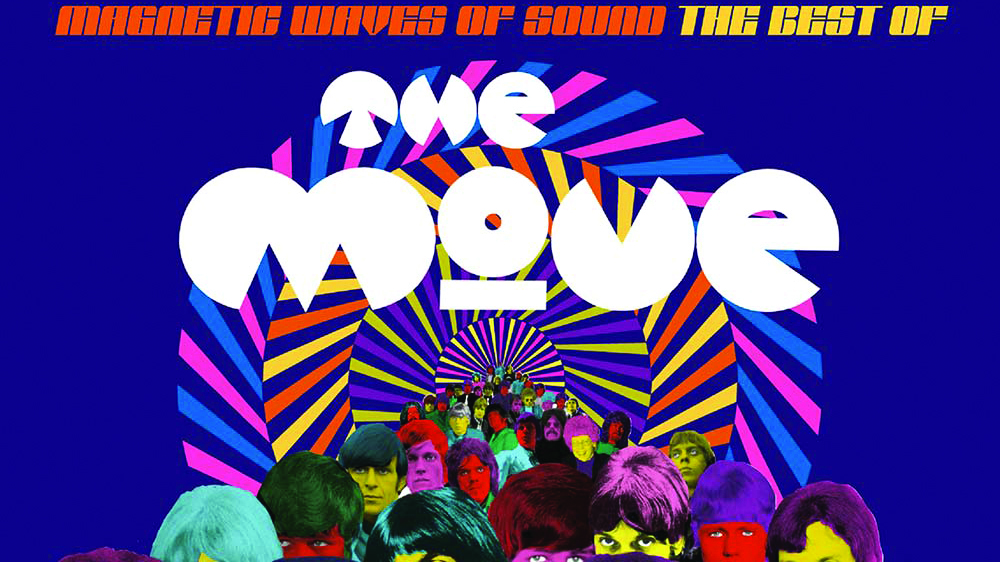You can trust Louder
Oddly under-applauded compared with, say, The Who or The Kinks – perhaps because they never broke the States or nailed a defining album, or because of Wizzard’s Christmas ubiquity – The Move enjoyed a stream of unimpeachable hits from 1966 to ’72, with Flowers In The Rain famously the first record played on Radio One. Roy Wood’s ability to fuse the acid-doused sensibilities of the time with evergreen pop chops saw him become the band’s de facto leader/frontman, and that same hungry ear – always imagining something bigger and weirder – pushed him to form ELO with The Move’s 1970 arrival Jeff Lynne (only for Wood to leap swiftly on to Wizzard). This Best Of The Move
collection of hits and outlier tracks displays how Wood swiftly mastered rock’n’roll, psychedelia and singalong melodies, an impatient polymath ticking each box then eagerly asking what’s next.
Latter-day endeavours to paint Wood as ‘cool’ again, likening him to a Brummie Rundgren or Zappa, a mad Einstein-haired genius, have usually crashed against the rocks of his Wombles collaborations. Or his tendency to turn down rehabilitation-by-hipster, then rock up on Jools’ Hootenanny.This set, however, makes a sinewy, concise argument for his youthful brilliance. I Can Hear The Grass Grow booms and bristles. Fire Brigadeis prescient power-pop that in no time socks you with Brill Building chords and pre-prog sonic trickery. Contrasting such razor-sharp, irresistible pop are the confessionals and classical nods ofCherry Blossom Clinic Revisited and the melancholy pangs of Blackberry Way – a tour de force of bittersweet balladry. With added monochrome shades of Billy Liar it matchesWaterloo Sunset and Penny Lane for facund nostalgia.
Cliché was seeping in by the time they (barely) rebooted old tropes on California Man and new roads had to be taken. Nobody regrets the birth of ELO, however haphazard, and any man who scoffs at Wizzard or Wood’s subsequent tangents is a blackguard. Yet something about The Move’s rush of music captures lightning in a bottle. The accompanying DVD here shows 21 TV spots from the UK and Germany (Wood’s flamboyant image hiding shyness). As they quote the 1812 Overture on debut single Night Of Fear it’s evident that whereas some bands may have struggled to squeeze in so many ideas, The Move had, in Wood, just the guy to make such a potent profusion shift.
Sign up below to get the latest from Classic Rock, plus exclusive special offers, direct to your inbox!
Chris Roberts has written about music, films, and art for innumerable outlets. His new book The Velvet Underground is out April 4. He has also published books on Lou Reed, Elton John, the Gothic arts, Talk Talk, Kate Moss, Scarlett Johansson, Abba, Tom Jones and others. Among his interviewees over the years have been David Bowie, Iggy Pop, Patti Smith, Debbie Harry, Bryan Ferry, Al Green, Tom Waits & Lou Reed. Born in North Wales, he lives in London.


